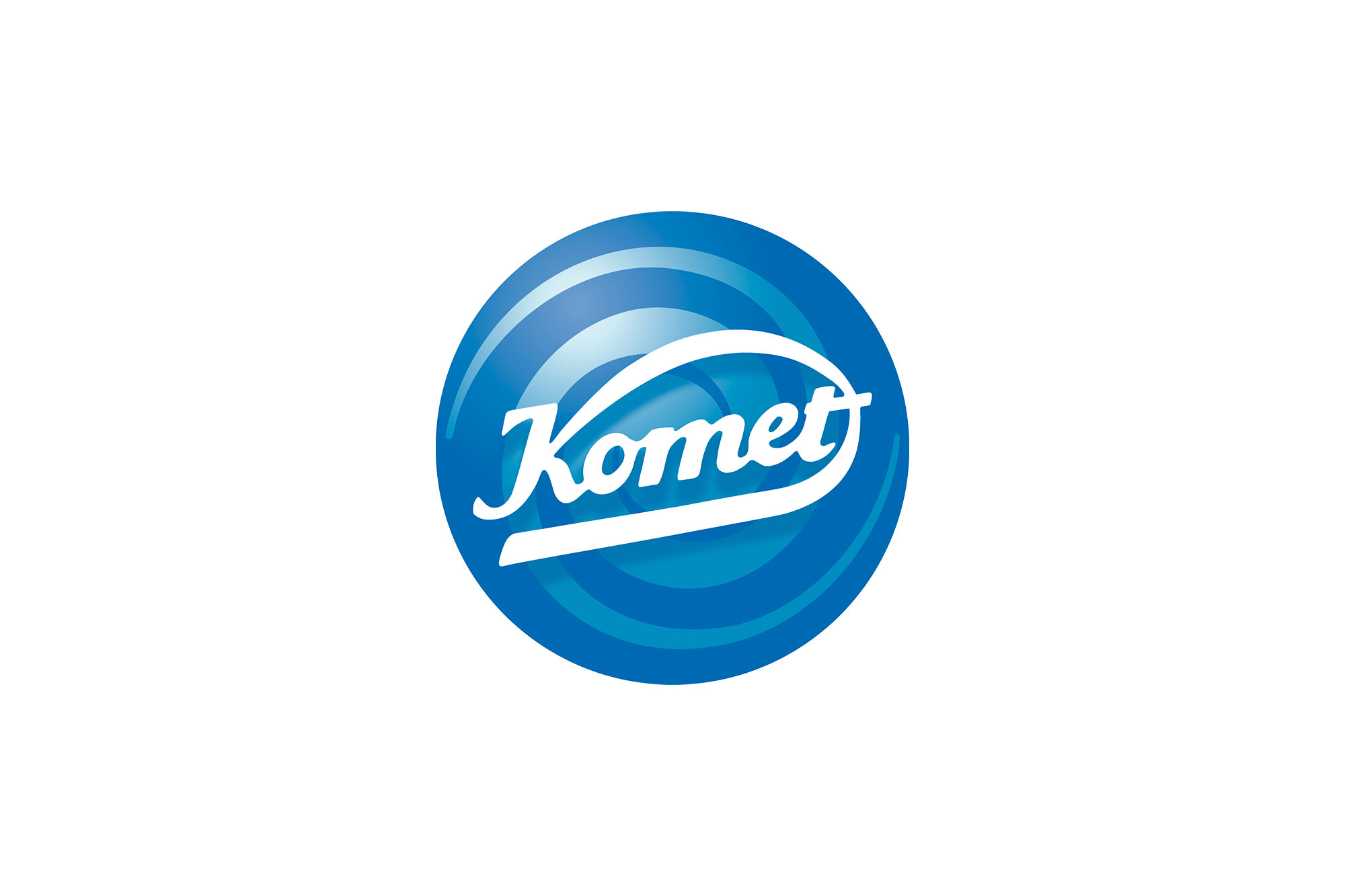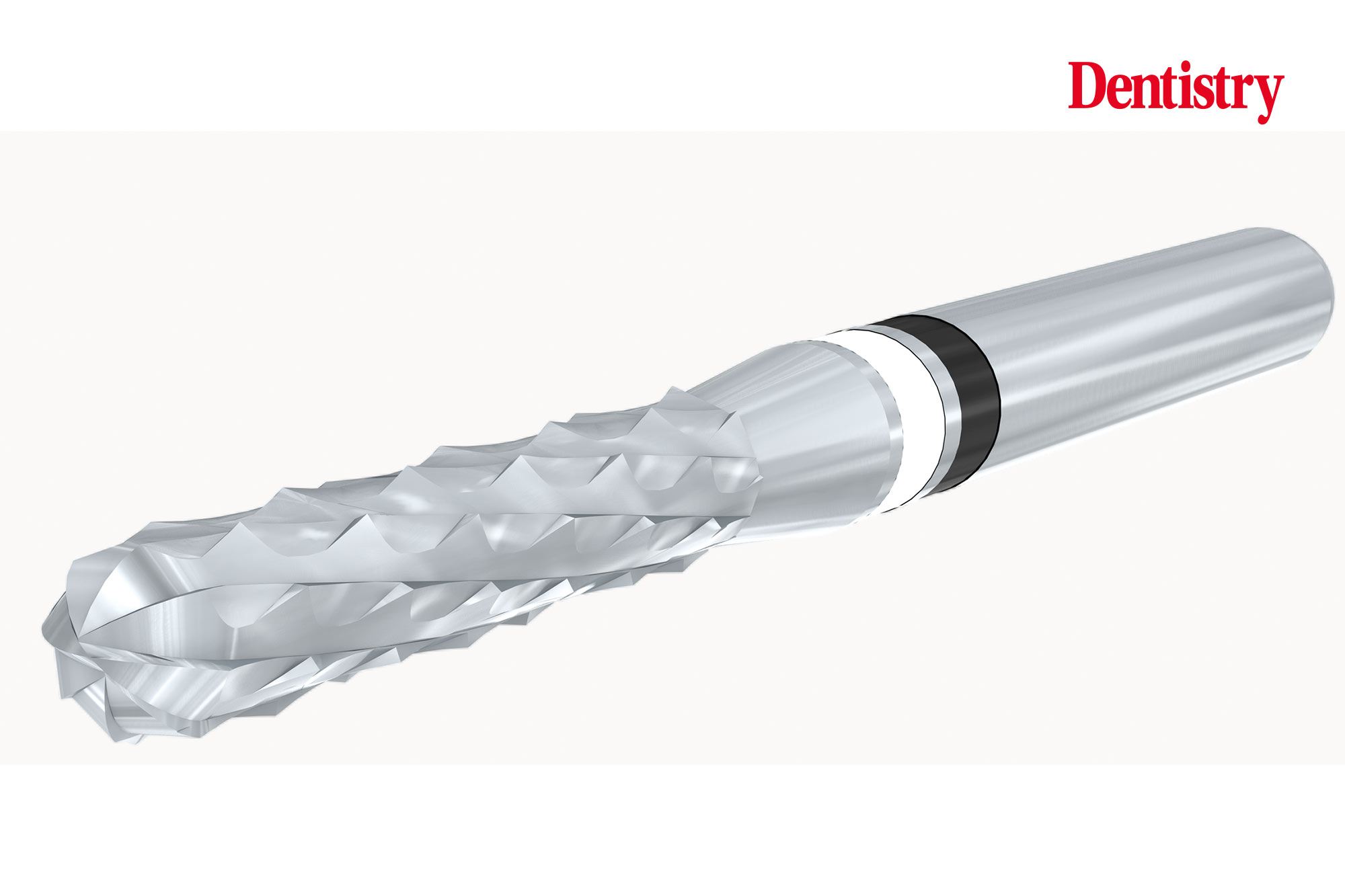
Komet instruments are your choice for a quick and efficient cutting of crowns and bridges made of all current metal alloys, titanium and ceramic.
H4MC – the crown cutter for metal and ceramics.
Designed for cutting all commonly used metal alloys, titanium and veneers made of low fusion ceramics.
Due to its special D-toothing, the H4MC facilitates quick and efficient cutting of crowns and bridges made of conventional metal alloys.
Large chip spaces allow quick chip removal and prevent clogging, especially when cutting soft alloys with gold content. The H4MC is equally suited for ceramic veneers.
A further distinctive feature is the tiptransversing blade permitting easy penetration into the material to be cut. The pyramid-shaped blade design prevents blade breakouts and guarantees increased stability and high resistance to breakage, thus ensuring a smooth operation with little vibration.
Compared to all other crown cutters on the market, including copies made by the competition, the H4MC (working part comes in various lengths, H4MC – H4MCXXL) features a consistently higher material reduction rate.
These cutters prove particularly efficient in case of hard-to-cut non-precious metal alloys such as Dentitan. The instruments can be used in the micro-motor as well as in the turbine.
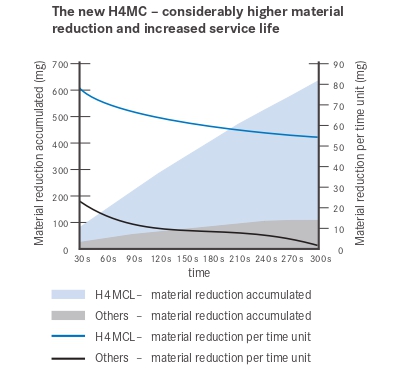
Indications:
- The H4MC can be identified by its white and black rings (white for ceramics, black for metal)
- Crowns should be cut in several steps, ie the procedure is carried out in intervals in order to cut only a small area each time
- Ceramic veneers should be cut with the Tungsten Carbide crown cutter H4MCL.314.012 (figure 1)
- Metal crowns are to be cut with crown cutter H4MCL.314.012 (figure 2).
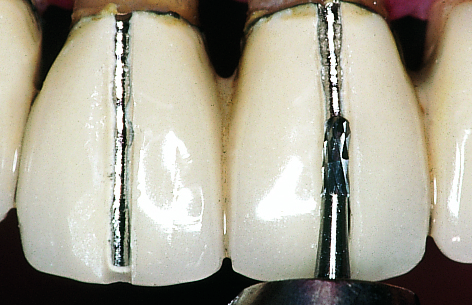
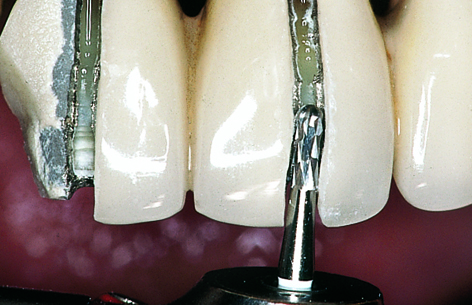
Recommendations for use:
- Optimal speed: 160.000 rpm in the micromotor
- In case of materials that tend to ‘jump’, (eg certain non-precious metal alloys), we recommend the use in the turbine, applying low contact pressure
- In order to make full use of the capacity of the instrument’s working part during the cutting phase, we recommend applying the instrument at an angle of approximately 45 degrees to the crown
- Always make sure that sufficient cool-ant is applied (at least 50 ml/min)
- Do not exceed a maximum contact pressure of 2N.
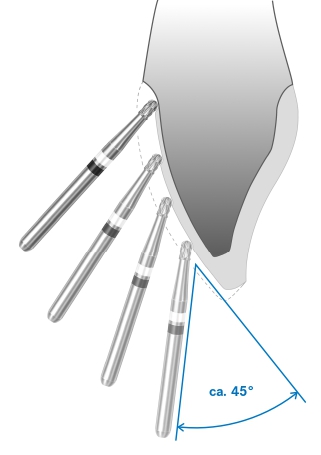
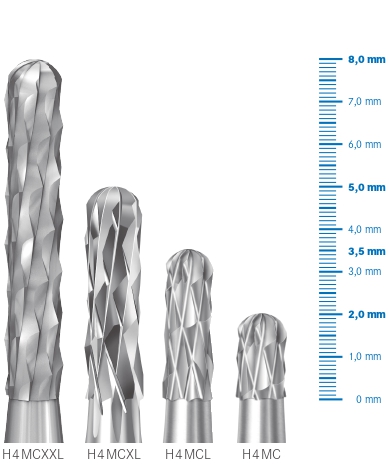
These crown cutters are not suited for cutting all-ceramic crowns and bridge frames made of extremely hard ceramics, such as zirconiumoxide ceramics. For this, we recommend the crown cutter 4ZR.314.012 specially developed for zirconium oxide.
4ZR and 4ZRS – crown cutters for all-ceramic crowns
We recommend our crown cutters 4ZR and 4ZRS for separating all-ceramic crowns, including zirconia. Thanks to their special bond that embeds the diamond grains, the service life and cutting performance of these crown cutters are clearly superior to those of traditional diamond instruments.
When removing adhesive all-ceramic restorations, the instrument should be capable of cutting not only axial separation slits, but also along the incisal edge and, in the rear region, the occlusal surface.
To remove the restoration, it has to be widened until it cracks open. This can be done with a lever or Planert crown dilating forceps (DP 788R Aesculap Dental, Tuttlingen, Germany).
Both crown cutters are applied at an angle of 45 degrees and used at an optimum speed of 160,000 rpm. Work with low contact pressure and cool the site during the separation process.
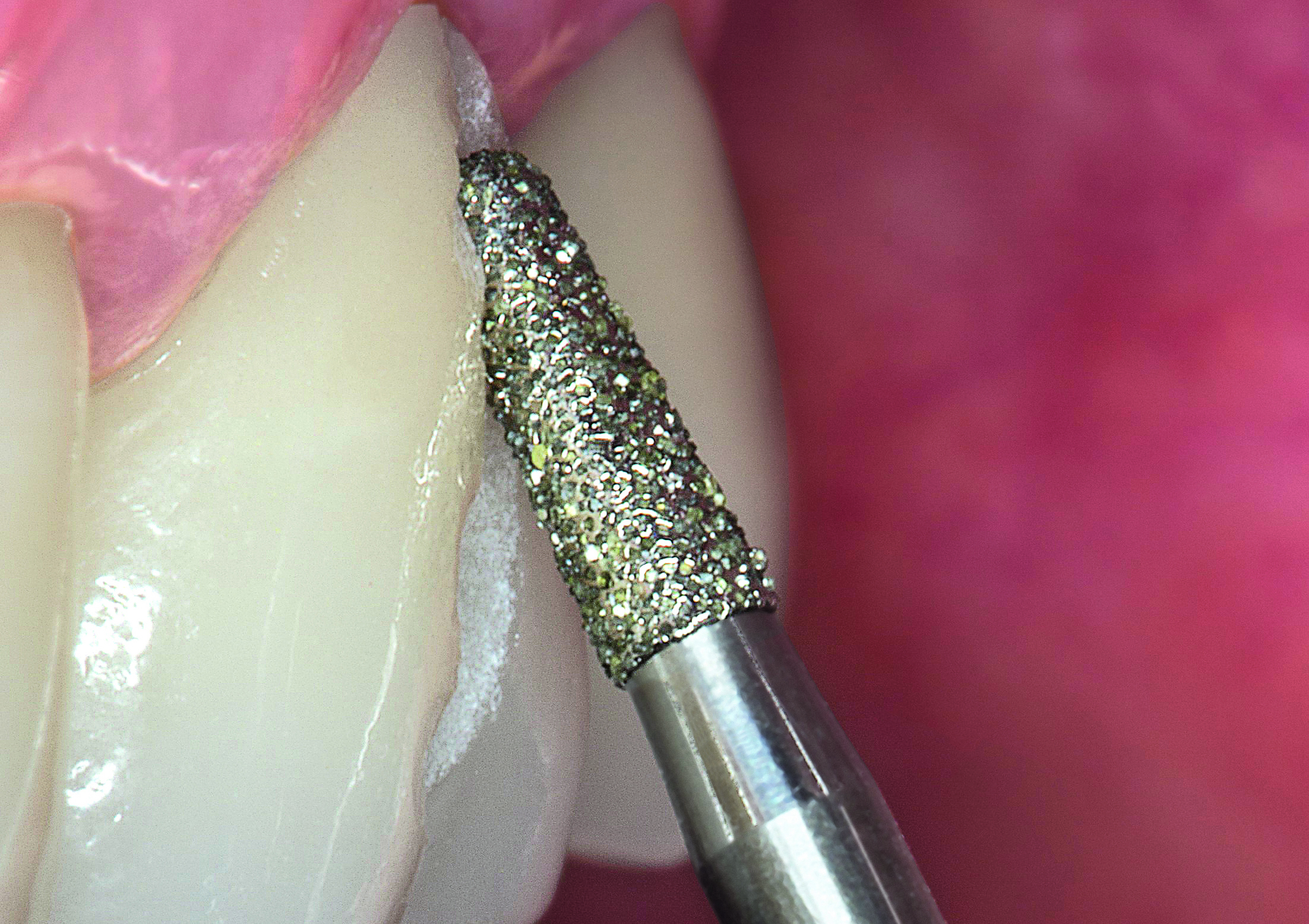


Advantages:
- Special bond
- Excellent substance removal
- Long service life.
For more information visit www.kometdental.co.uk/crown-cutters.
